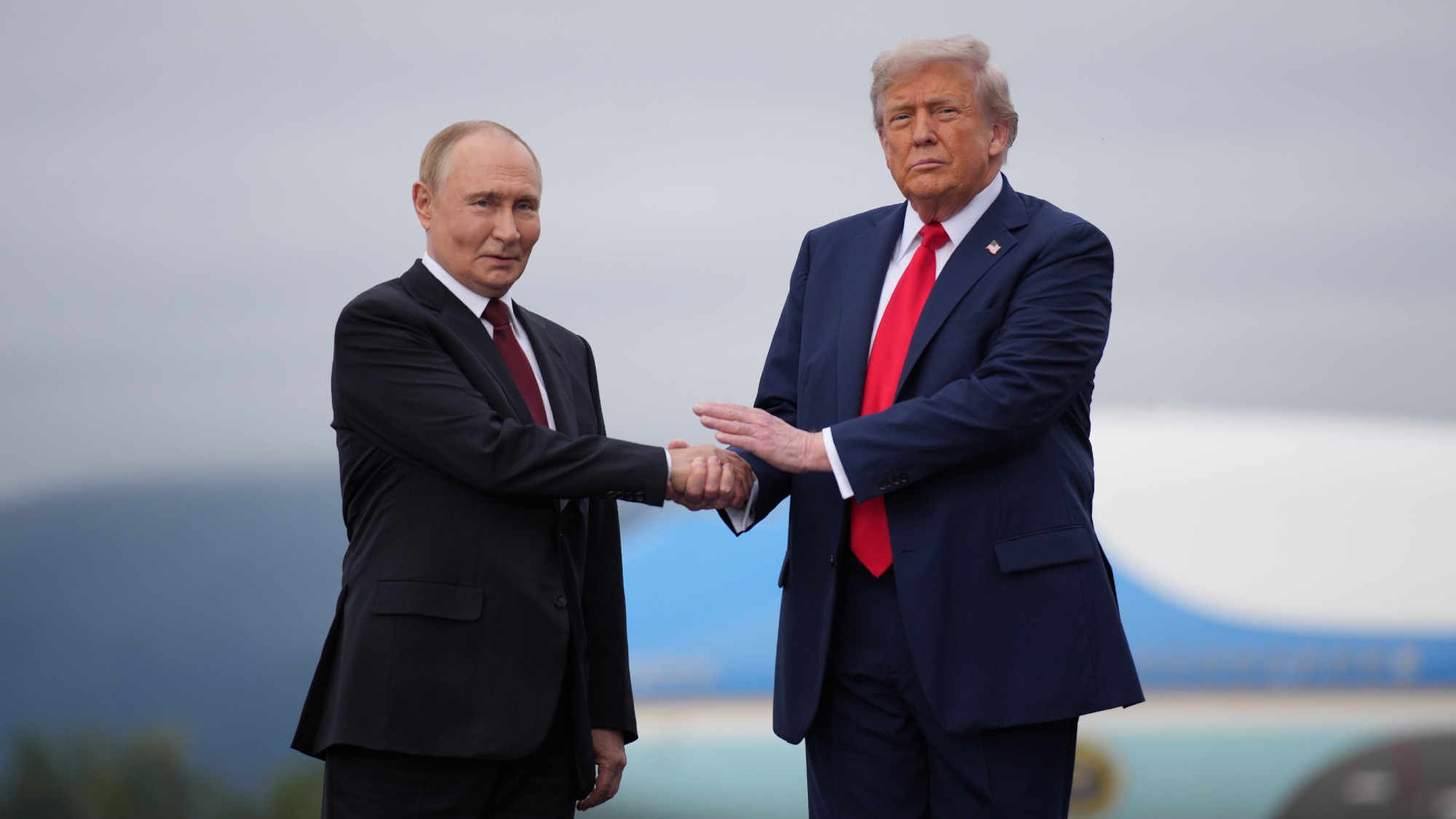How realistic mannequins are changing the fashion industry
Get ready for some back fat


The fashion world is notorious for promoting unrealistic body ideals that aren't attainable for most women, which is an especially relevant problem in the United States.
More than one-third of American adults are obese, and the average American woman wears a size 14. But you'd never guess that from visiting the average U.S. clothing store, where the vast majority of mannequins and dress forms display clothes for much smaller women. David's Bridal, for example, has used mannequins roughly equivalent to a size six in its stores since 2007.
This isn't just ethically suspect — it also might not be the best business strategy. The Wall Street Journal reports that plus-size women hold 28 percent of apparel purchasing power in the U.S., certainly not a figure to scoff at. And judging by the newest crop of mannequins hitting mass retailers this season, it appears retail stores are finally taking notice.
The Week
Escape your echo chamber. Get the facts behind the news, plus analysis from multiple perspectives.

Sign up for The Week's Free Newsletters
From our morning news briefing to a weekly Good News Newsletter, get the best of The Week delivered directly to your inbox.
From our morning news briefing to a weekly Good News Newsletter, get the best of The Week delivered directly to your inbox.
After American Apparel's recent publicity stunt — displaying mannequins with pubic hair in a New York City storefront — other stores are starting to come up with more realistic mannequins of their own. David's Bridal is adding a larger waist and back fat to its mannequins to more closely represent the shape of its customers. Ralph Pucci International, the company behind mannequins at department stores like Macy's and Nordstrom, also plans to offer plus-size mannequins to its clients.
While larger mannequins may not represent the "ideal" womanly form we see on runways each season, they represent a much larger percentage of customers than do their smaller-waisted counterparts. And since mannequins are supposed to indicate how clothes will fit one's body — Eric Feigenbaum, chair of the visual merchandising department at LIM College, calls them "the quintessential silent sales people" — it certainly makes sense that they should more closely represent the women who are buying the stores' merchandise.
If more retail stores — especially those with name power like David's Bridal or Macy's — catch on to the movement, fat-shaming will be one step closer to becoming a thing of the past. Indeed, chain stores like Old Navy and J.Crew sell plus-sized clothing exclusively through their websites, perpetuating the idea that shopping in store is a luxury for those who conform to an arbitrary physical ideal.
That's a large fraction of potential clientele who are being alienated. In addition to promoting social change and body acceptance, more realistic mannequins could also be a smart marketing strategy. Forty-two percent of shoppers say that the way clothing looks on a mannequin affects their purchasing decisions, so it's not a stretch to think that improving mannequin appearance will also help stores' bottom lines.
A free daily email with the biggest news stories of the day – and the best features from TheWeek.com
Meghan DeMaria is a staff writer at TheWeek.com. She has previously worked for USA Today and Marie Claire.
-
 Political cartoons for November 29
Political cartoons for November 29Cartoons Saturday's political cartoons include Kash Patel's travel perks, believing in Congress, and more
-
 Nigel Farage: was he a teenage racist?
Nigel Farage: was he a teenage racist?Talking Point Farage’s denials have been ‘slippery’, but should claims from Reform leader’s schooldays be on the news agenda?
-
 Pushing for peace: is Trump appeasing Moscow?
Pushing for peace: is Trump appeasing Moscow?In Depth European leaders succeeded in bringing themselves in from the cold and softening Moscow’s terms, but Kyiv still faces an unenviable choice
